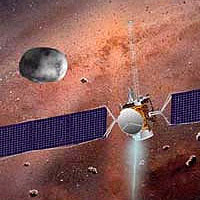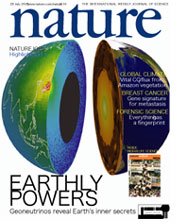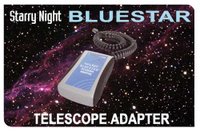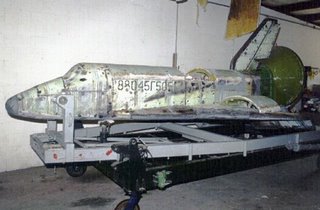
Cray is said to build the most powerful supercomputer, to be operational by 2008. The machine, capable of crunching numbers at up to 1 petaFLOP (floating point operations per second), is powered by 24,000 2.6 GHz quad-core AMD Opteron processors, and will have 400 terabytes of memory. Cray is building the supercomputer, dubbed Baker, for the US Department of Energy Oak Ridge National Laboratory.
Currently the fastest supercomputer is the IBM Blue Gene/L, running at a mere 350 teraFLOPs (about a third of Baker's).
Supercomputers are used to model and simulate things such as the weather, protein folding, earthquakes, nuclear explosions, and even the Big Bang.

















